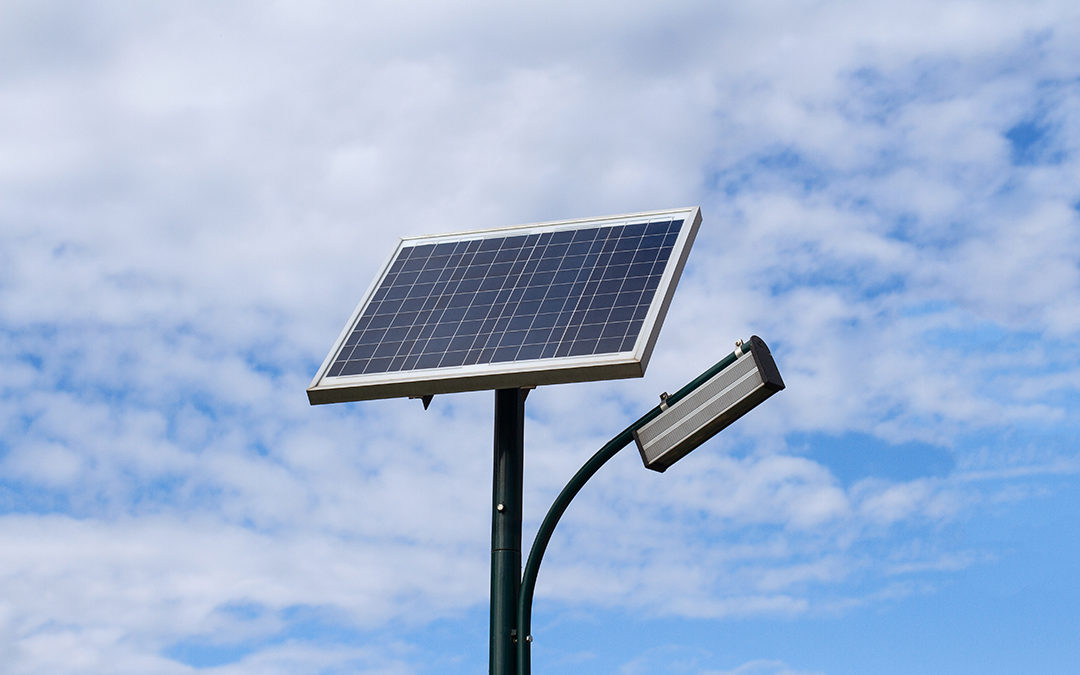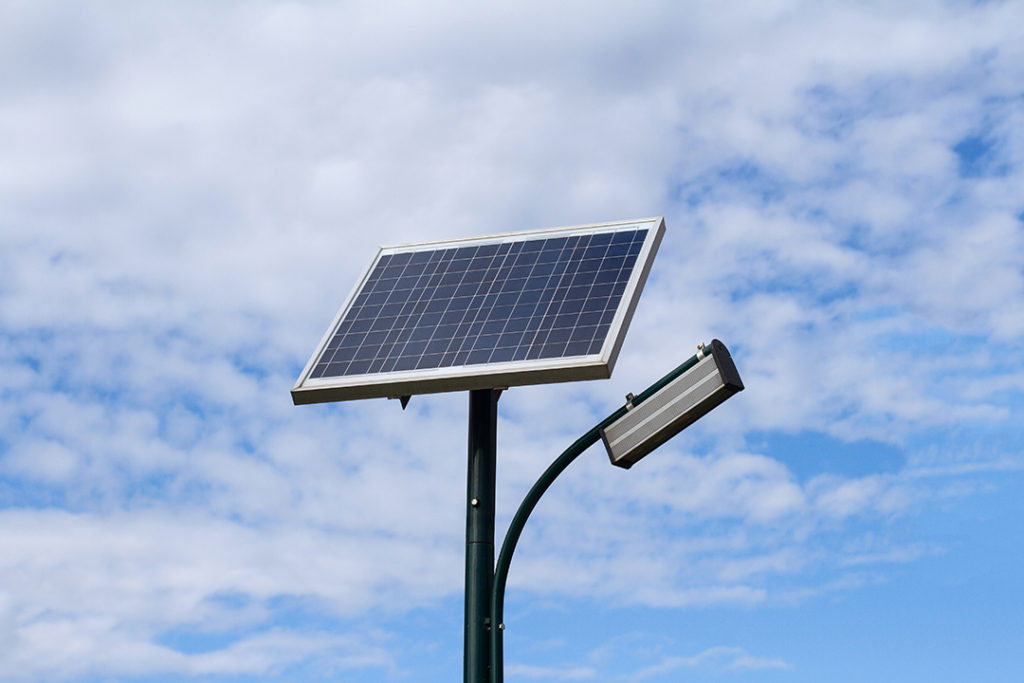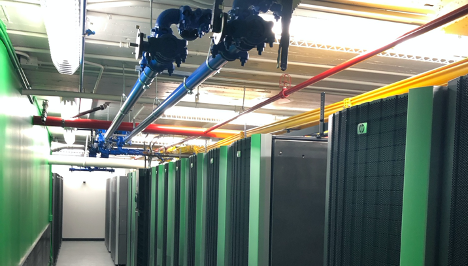
How Edge Computing and Edge Data Centers Can Reduce Carbon Emissions and Affect Climate Change

By: Jason Warner
It may seem like a stretch to connect Edge Computing with lowering our carbon emissions but there is good reason and science behind this thinking. Data usage and transmission are increasing exponentially and by processing and storing much of it close to the user, significant energy savings is possible. The post How Building Green IoT Solutions on the Edge Can Help Save Energy and CO2 from ObjectBox, lays out a case that shows considerable energy savings for Edge Computing vs. solely using the cloud. Per the article, “ObjectBox enables companies to cut the power consumption of their IoT applications, and thus their emissions, by 50 – 90%.”
Using local processing for applications like Microsoft Office has been the standard for years. There have been attempts to move much of this to the Cloud but in addition to more energy consumption, the need to keep working during times of no or slow connectivity is critical, especially now that we are in a remote-first environment. 5G will help in speed and latency improvements but the hybrid model of Edge and Cloud is our preferred network for the future.
Edge Computing also has other sustainability benefits. For instance, I use an Artificial Intelligence (AI) enabled lawn sprinkler system. With water moisture ground sensors connected to an app that also ties in weather predictions using AI, my sprinklers can be set to deliver just the right amount of water needed for how I want my lawn to look. And I can train it to understand what is working for me and to show variations against water usage, cost and impact on the environment. When these systems are the norm, we will collectively save trillions of gallons of much needed water for other uses.
With micro-solar systems set up on light and traffic poles, buildings, and larger systems set up in the streets we drive, all the power we need for Edge Computing can be generated at point of need. The efficiency of solar also continues to improve. The Popular Mechanics article New Molecule Harnesses 50 Percent More Spectrum Than Ever Beforestates that new systems can be 25 times more efficient than today’s standard. With more Internet of Things (IoT) devices coming online at an astonishing pace, the need to drive more local energy sources to power these will be critical. Wind can also support the multi-source needs for energy. Smaller, more effective generators are creating interlinked systems that are practically always making electricity.
At Fortress Data Centers, we have embraced clean energy and sustainability practices for years. We were an early adopter of lithium ion batteries for improving the critical-function needs of our data centers. Longer life and better performance over lead-acid batteries with lower weight have many benefits including less batteries going to the recycle centers.
Edge Computing is enabling new technologies like AI, Virtual Reality (VR), Augmented Reality (AR) Blockchain and others, but we also need an interconnected Cloud in order to optimize and maximize the use of applications and data. Through our local data centers, Fortress creates a connected ecosystem of Mission-Critical Colocation, Carrier Neutral 5G connectivity, Software Defined Networks and other services. We are committed to improving the value of our data centers for our customers, their customers and the world.
Edge Computing can lower carbon emissions and be a major driver of sustainable energy consumption. By embracing a focus on improvement, one device and network at a time, we can all “Be Here” for a great future.
